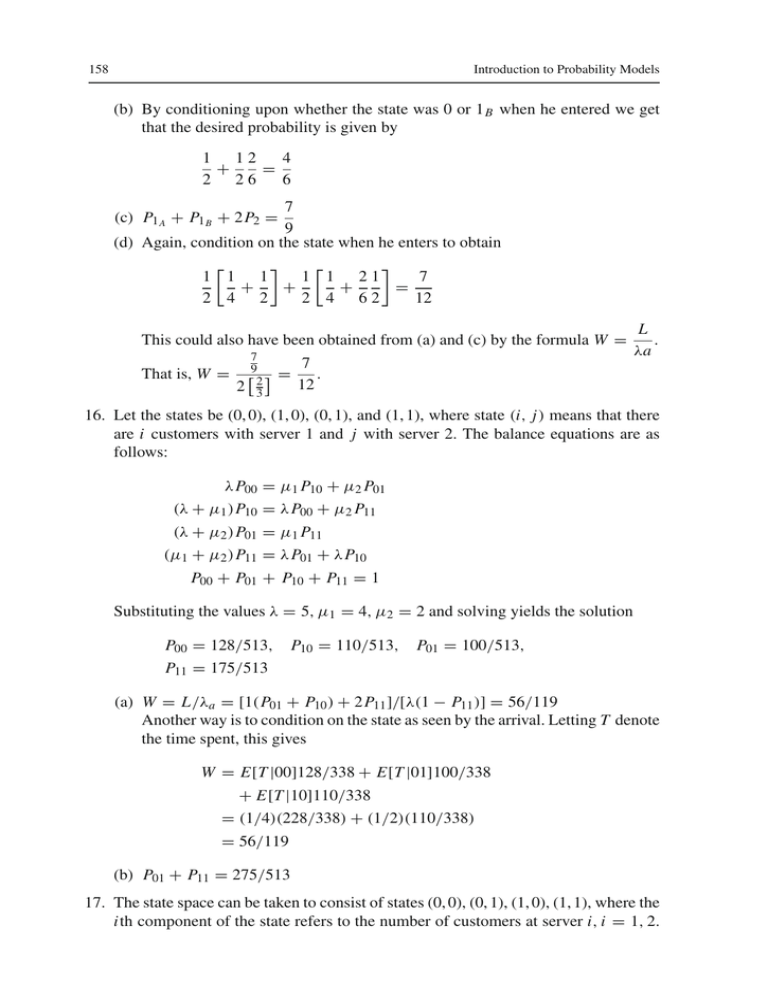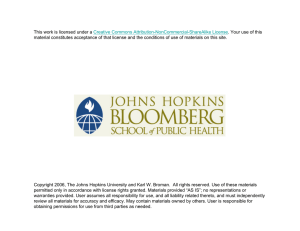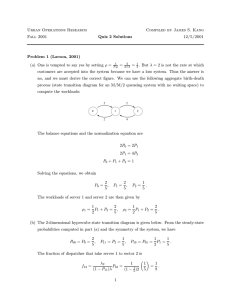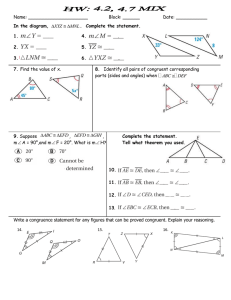(b) By conditioning upon whether the state was 0 or 1B when he
advertisement

158 Introduction to Probability Models (b) By conditioning upon whether the state was 0 or 1 B when he entered we get that the desired probability is given by 1 12 4 + = 2 26 6 7 9 (d) Again, condition on the state when he enters to obtain (c) P1 A + P1 B + 2P2 = 1 1 21 7 1 1 1 + + + = 2 4 2 2 4 62 12 This could also have been obtained from (a) and (c) by the formula W = That is, W = 7 "92 # 2 3 = 7 . 12 L . λa 16. Let the states be (0, 0), (1, 0), (0, 1), and (1, 1), where state (i, j) means that there are i customers with server 1 and j with server 2. The balance equations are as follows: λP00 = μ1 P10 + μ2 P01 (λ + μ1 )P10 = λP00 + μ2 P11 (λ + μ2 )P01 = μ1 P11 (μ1 + μ2 )P11 = λP01 + λP10 P00 + P01 + P10 + P11 = 1 Substituting the values λ = 5, μ1 = 4, μ2 = 2 and solving yields the solution P00 = 128/513, P11 = 175/513 P10 = 110/513, P01 = 100/513, (a) W = L/λa = [1(P01 + P10 ) + 2P11 ]/[λ(1 − P11 )] = 56/119 Another way is to condition on the state as seen by the arrival. Letting T denote the time spent, this gives W = E[T |00]128/338 + E[T |01]100/338 + E[T |10]110/338 = (1/4)(228/338) + (1/2)(110/338) = 56/119 (b) P01 + P11 = 275/513 17. The state space can be taken to consist of states (0, 0), (0, 1), (1, 0), (1, 1), where the ith component of the state refers to the number of customers at server i, i = 1, 2.




